Xiaomi 14 Ultra vs. Samsung Galaxy S24 Ultra: Battle of the camera phones
These two camera-centric phones are the best of the best.
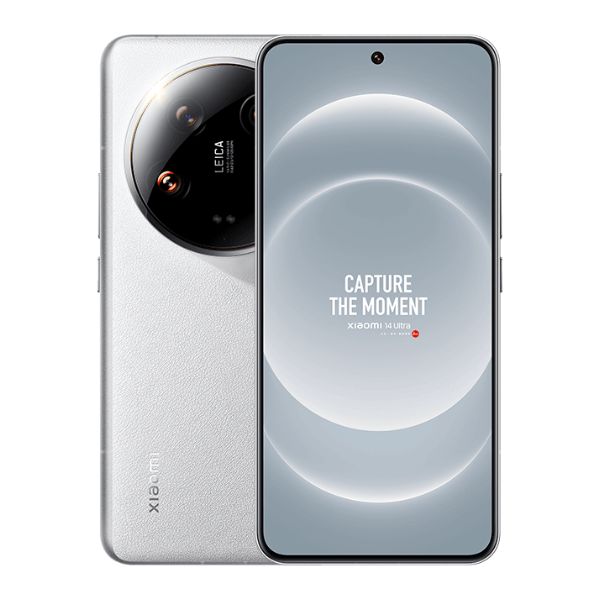
Camera-centric, with a price
The Xiaomi 14 Ultra is an impressive flagship phone that puts the camera experience first, thanks to an impressive system comprising four 50MP sensors and Leica tuning for improved image capture. And for photography buffs, the additional photography kit is the perfect way to get that traditional camera feel while also extending the battery.
Pros
- 1-inch-type camera sensor
- Four 50MP cameras
- Larger battery
- Double the charging speed of the S24 Ultra
- Photography kit for more traditional experience
- Vegan leather back
Cons
- Not coming to the United States
- Limited color options
- HyperOS doesn't have many changes
- Quad-curve display may not be for everyone
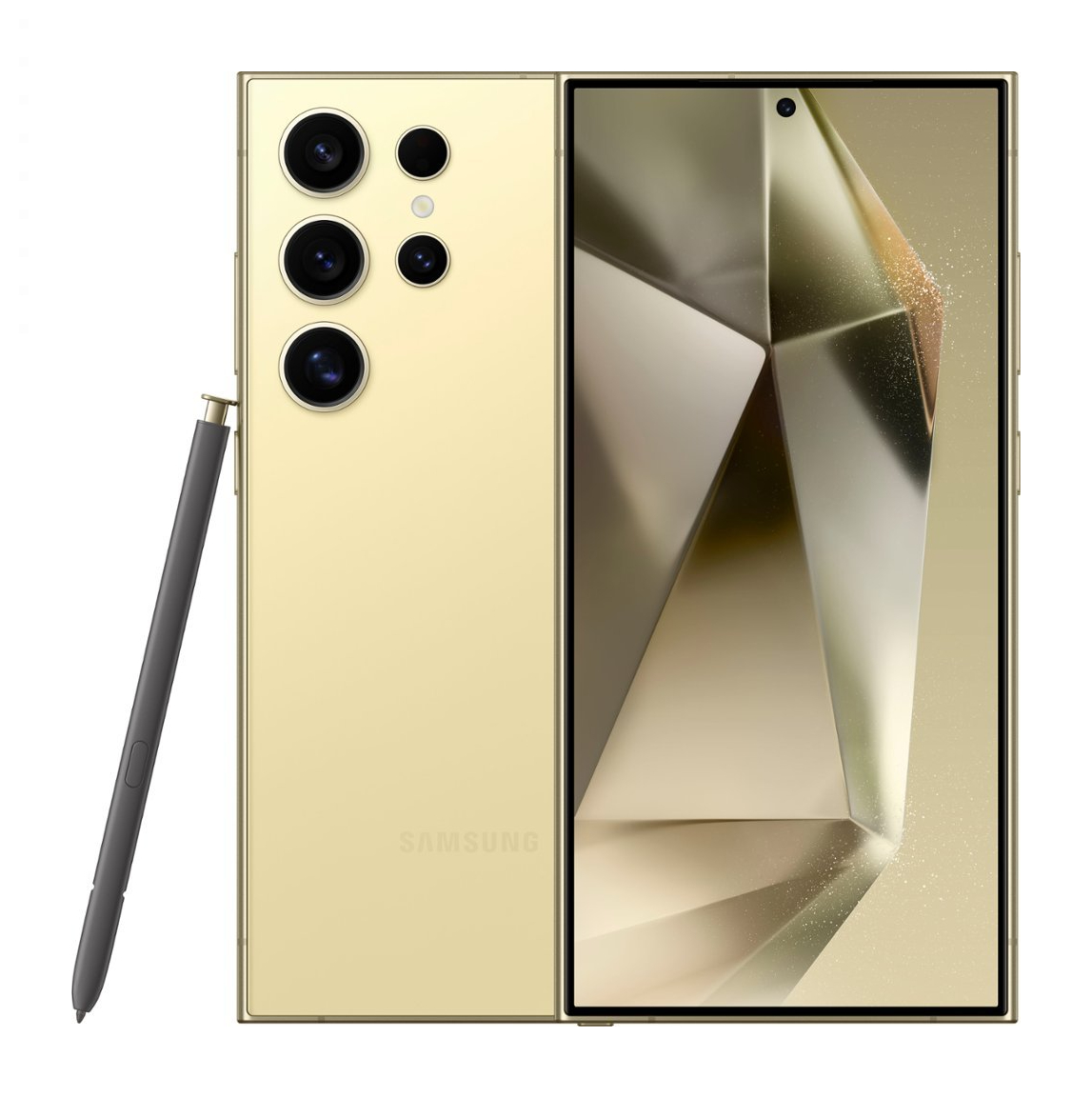
Galaxy AI FTW
Samsung's Galaxy S24 Ultra throws everything in but the kitchen sink, from impressive specs to a massive 200MP camera and even a built-in S Pen for good measure. Galaxy AI also takes things up a notch, adding more useful features and enhancing your overall experience.
Pros
- Available in the United States
- Built-in S Pen
- Galaxy AI comes with some unique features
- Great update policy
- Flat display
Cons
- Slower charging
- Glass as the only material option
- More subtle design may not appeal to everyone
Samsung may be the king of Ultra phones in the west, but the company has the likes of Xiaomi to contend with in China and other parts of the world. The Xiaomi 14 Ultra was launched globally in February 2024, just a month after Samsung's premium flagship, and the phone is giving the Galaxy S24 Ultra some major competition, especially in the camera department.
There's a lot to like about each phone, but if you're in the U.S., there's little chance you'll get your hands on Xiaomi's phone. However, if you're somewhere where both Xiaomi and Samsung's latest and greatest are available, you may have a hard time choosing between the two. Well, we're here to make that decision a little easier with a direct comparison between two of the best Android phones on the market.
Xiaomi 14 Ultra vs. Samsung Galaxy S24 Ultra: The looks and hardware
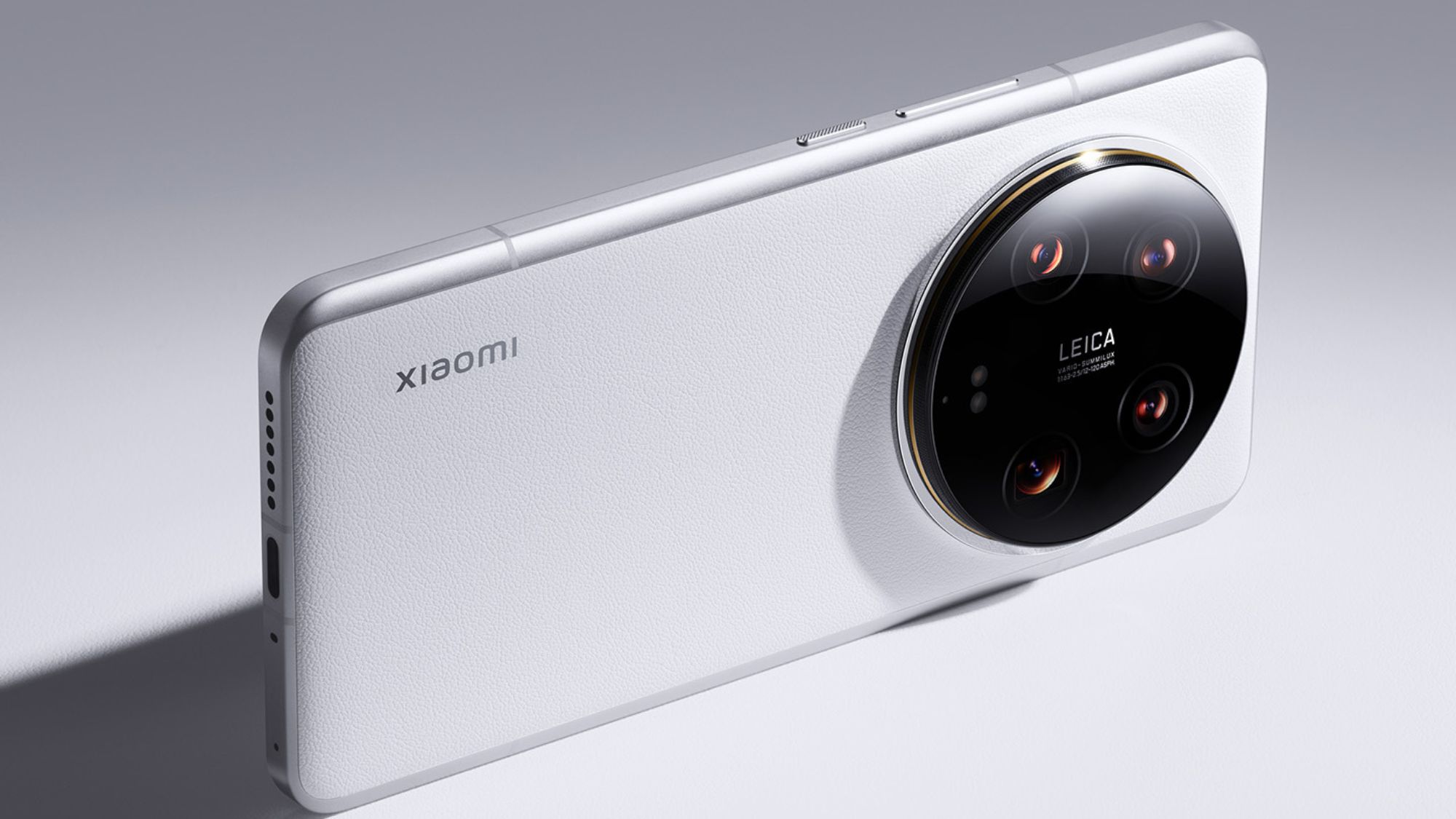
Xiaomi and Samsung follow very different design languages for their flagship phones. It's obvious by looking at the two that Xiaomi went for a bolder design while Samsung's flagship is much more understated.
The most prominent design aspect of the Xiaomi 14 Ultra is the protruding camera housing in the back, which houses four sensors. It takes up much of the phone's back panel, which is mostly flat and made with vegan leather. The phone even doubles down on the camera focus by incorporating a camera ring-like design on the circular housing.
This is in stark contrast to the Galaxy S24 Ultra, which has four camera sensors protruding individually from one corner of the phone's back panel. On the one hand, the S24 Ultra is thinner as a result, measuring 8.6mm versus 9.2mm on the Xiaomi 14 Ultra. On the other hand, the Galaxy S24 Ultra is a little less interesting to look at, as Samsung once again opts for a frosted glass back panel of various colors (Xiaomi only has a few color options).

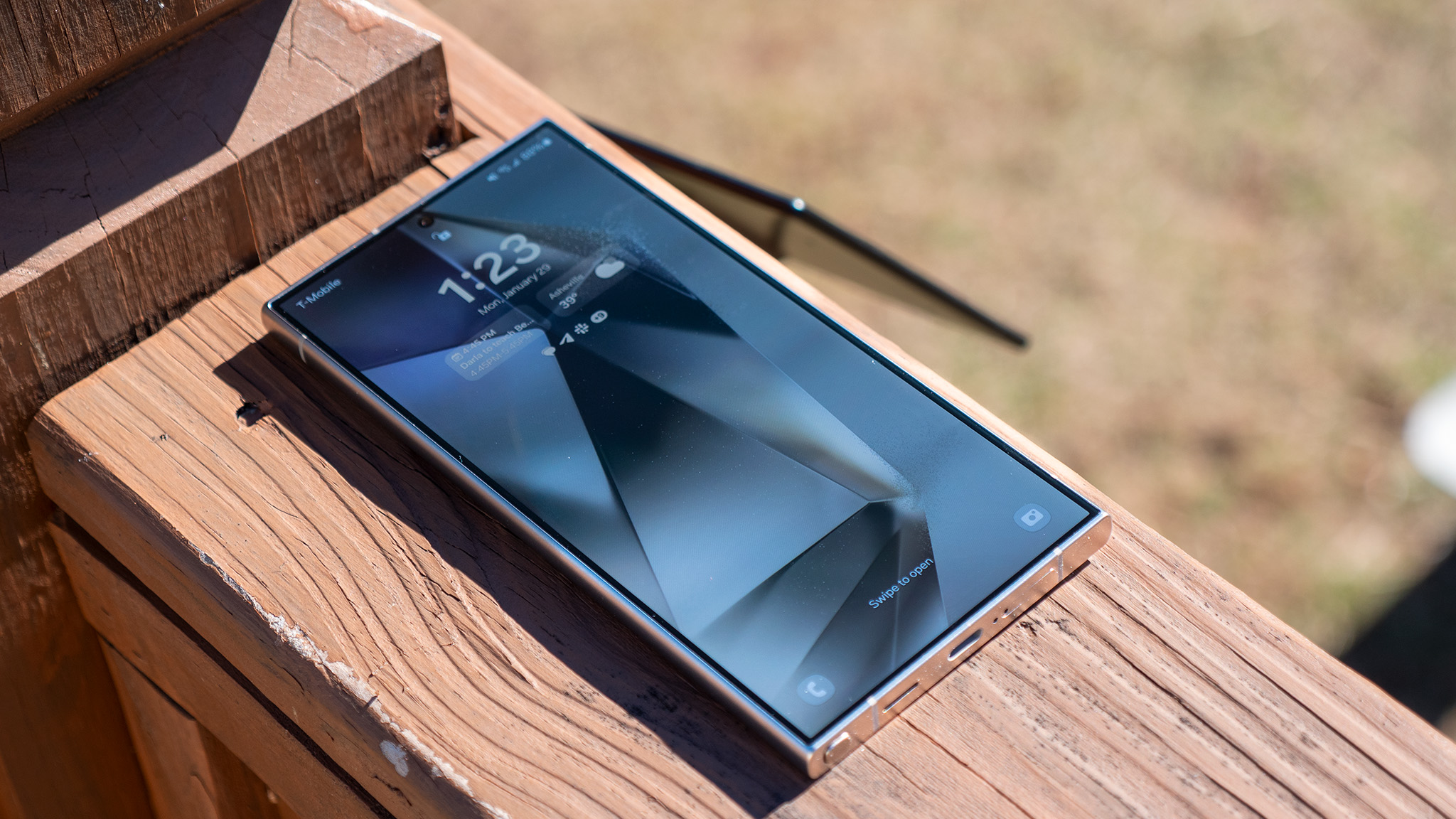
On the front, there are more differences, but they're becoming more subtle. Samsung opted for a flat display this time around, while Xiaomi goes with a quad-curve design, although it's less pronounced on the 14 Ultra. It makes for an interesting effect, although many people seem to prefer flat displays, and some may find Xiaomi's approach a bit jarring.
Samsung also made a big change to the S24 Ultra's design, thanks to Gorilla Armor, which improves durability and reduces reflections on the screen for better visibility. Xiaomi's Shield Glass also improves durability, but it's not clear how this compares to Samsung's.
Get the latest news from Android Central, your trusted companion in the world of Android
Both phones have flat frames, which should improve grip, but Samsung incorporates titanium into the design, which should help make the phone lighter. That said, the Xiaomi 14 Ultra is quite a few grams lighter at 219.8g, compared to 232g of the S24 Ultra.
Both phones feature IP68 water and dust resistance.
Xiaomi 14 Ultra vs. Samsung Galaxy S24 Ultra: The specs and software
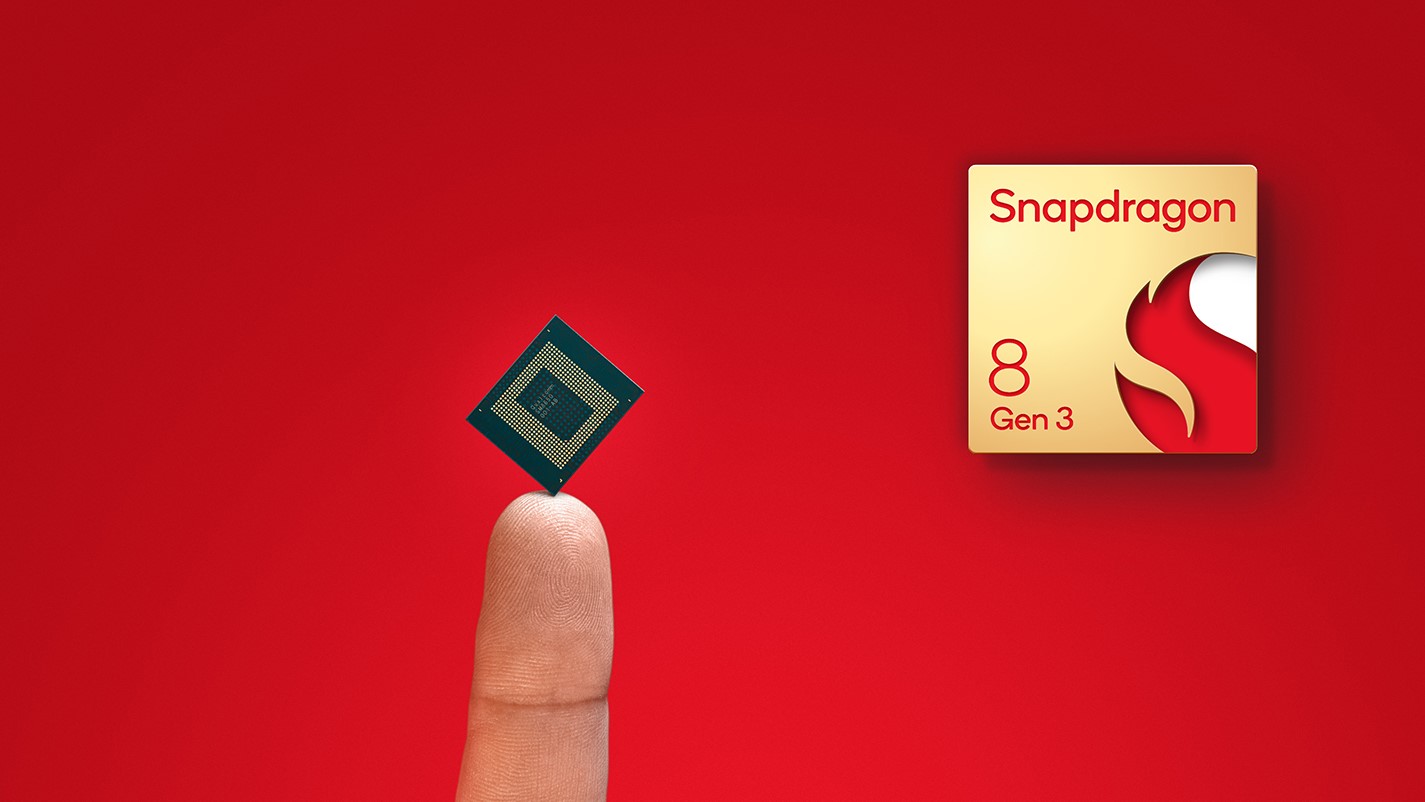
The specs of these two phones are pretty similar, but there are some notable differences that set them apart, particularly Xiaomi's flagship. Take a look below to see how they stack up against each other.
| Category | Xiaomi 14 Ultra | Samsung Galaxy S24 Ultra |
|---|---|---|
| OS | HyperOS 1.0.9.0, Android 14 | One UI 6.1, Android 14 |
| Display | 6.73-inch LTPO AMOLED, 120Hz, 3000 nits (peak) | 6.8-inch LTPO AMOLED, 120Hz, 2600 nits (peak) |
| Chipset | Qualcomm Snapdragon 8 Gen 3, Adreno 750, 4nm | Qualcomm Snapdragon 8 Gen 3, Adreno 750, 4nm |
| RAM | 12GB, 16GB | 12GB |
| Storage | 256GB, 512GB, 1TB UFS 4.0 | 256GB, 512GB, 1TB UFS 4.0 |
| Rear camera 1 | 50MP wide, LYT-900, f/1.6, 1/1.31-inch, 23mm, OIS | 200MP wide, ISOCELL HP2, f/1.7, 1/1.3-inch, 24mm, OIS |
| Rear camera 2 | 50MP ultrawide, f/2.2, 14mm, 115-degree FoV | 12MP ultrawide, f/2.2, 13mm, 120-degree FoV |
| Rear camera 3 | 50MP 3.2x telephoto, f/2.0, 75mm, OIS | 10MP 3x telephoto, f/2.4, 67mm, OIS |
| Rear camera 4 | 50MP 5x periscope, f/2.5, 120mm, OIS | 50MP 5x periscope, f/3.4, 111mm, OIS |
| Front camera | 32MP, f/2.0 | 12MP, f/2.2, |
| Ingress protection | IP68 dust and water resistance | IP68 dust and water resistance |
| Connectivity | Wi-Fi 7, Bluetooth 5.4, global 5G bands, NFC, dual-band GPS | Wi-Fi 7, Bluetooth 5.3, global 5G bands, NFC, dual-band GPS |
| Security | Optical in-screen sensor | Ultrasonic in-screen sensor |
| Audio | USB-C, stereo sound, 24-bit/192kHz, Snapdragon Sound, AptX HD, AptX Adaptive | USB-C, stereo sound, 32-bit/384kHz, AKG |
| Battery | 5,000mAh, 90W wired charging, 50W wireless charging | 5,000mAh, 45W wired charging, 15W wireless charging |
| Dimensions | 161.4 x 75.3 x 9.2mm, 219.8g | 162.3 x 79 x 8.6mm, 232g |
| Colors | Black, White, Jade Green | Titanium Black, Titanium Gray, Titanium Violet, Titanium Yellow |
Both phones are powered by the Snapdragon 8 Gen 3 and come with 12GB of RAM, although the higher storage variants on the Xiaomi 14 Ultra get 16GB of RAM. When it comes to the display, both devices have the same resolution and refresh rate, but the 14 Ultra wins out again with higher peak brightness, although the 2600 nits on the S24 Ultra is nothing to sneeze at.
Both share an equally large 5,000mAh battery (with an extra 300mAh for the 14 Ultra in China), and the S24 Ultra gets 45W wired charging, while the 14 Ultra supports a speedy 90W wired. Samsung says it'll reach a 65% charge in 30 minutes, which is roughly the same time it takes to fully charge the Xiaomi 14 Ultra. The 80W wireless charging on the 14 Ultra will also top up the phone in under an hour, but you'll be waiting much longer for a full charge on the S24 Ultra with just 15W charging. Both have reverse wireless, which is once again faster on Xiaomi's phone.

For connectivity, the Xiaomi 14 Ultra comes with newer Bluetooth 5.4, while the S23 Ultra has the stiff capable Bluetooth 5.3. Samsung's flagship also comes with UWB, something not present on the Xiaomi phone. That said, unlike the S24 Ultra, Xiaomi includes two-way satellite communication on its phone.
But of course, one of the biggest hardware perks that Samsung has over Xiaomi is the built-in S Pen, which adds even more value to the S24 Ultra.
Finally, on the software front, the Xiaomi 14 Ultra runs HyperOS out of the box which is an evolution of MIUI based on Android 14. As noted in the Xiaomi 14 review, there aren't many visual changes, but the OS is more optimized and fluid and before, which users may appreciate. The S24 Ultra runs One UI 6.1 out of the box, which includes new AI features and camera optimizations. Both offer pretty great software promises, but Samsung takes the crown thanks to seven years of updates all around, while Xiaomi only offers four Android OS updates and five years of security updates.
Xiaomi 14 Ultra vs. Samsung Galaxy S24 Ultra: The cameras

The camera setups on these phones are quite different. Samsung puts all its eggs one basket with a 200MP primary sensor, which uses pixel binning for bright, detailed images. As noted in our Galaxy S24 Ultra camera review, the images that come from the camera aren't quite as finally detailed as you might expect, but they look more natural, which some may prefer.
The ultrawide sticks to 12MP and does fine enough, while the 3x telephoto camera also retains its 10MP from the Galaxy S23 Ultra. The biggest change is the 50MP 5x telephoto camera, which cuts the zoom level in half but increases the resolution by 5x. The result; much-improved optical and digital zoom.

Xiaomi's approach is quite different. Instead of one flagship sensor with more pixels than what anyone knows what to do with, the 14 Ultra uses four 50MP cameras. The primary camera gets a boost with a 1-inch-type Sony LYT-900 sensor, which is one of the latest and greatest. The other cameras use the Sony IMX858 and consist of an ultrawide, a 3.2x telephoto, and a 5x periscope camera.
Xiaomi's cameras are tuned by Leica and should provide promising results, especially if the Xiaomi 13 Ultra is anything to go by, although, we still have to test the phone before we can make any judgements. The company even has a camera grip accessory for owners that want a more traditional shooting experience, complete with a two-stage shutter button, zoom lever, and a record button.
Xiaomi 14 Ultra vs. Samsung Galaxy S24 Ultra: Which should you buy?

Both the Xiaomi 14 Ultra and Samsung Galaxy S24 Ultra are two of the best Android phones you can buy in 2024. Both are very camera-focused phones, although they go about it in different ways. Samsung puts all its eggs in the 200MP basket, while Xiaomi spreads the love across all of its cameras.
Choosing between these phones largely comes down to preference and availability. Overall, the 14 Ultra offers better specs, from higher max RAM to faster charging. That said, you'll pay much more for it, even at its lowest spec configuration. The Xiaomi 14 Ultra is also not coming to the U.S., meaning there's not much of a choice for buyers in North America.
The Galaxy S24 Ultra is more of a kitchen sink phone, especially when you take the built-in S Pen into consideration. It may not offer the better specs, but it's a plenty capable phone that's available in the U.S. and for a cheaper price. You honestly cant go wrong with either phone, but if you can spend the extra money and live in a place where it's being sold, you might wanna grab the Xiaomi 14 Ultra.

You'll definitely Leica these cameras
The Xiaomi 14 Ultra is perhaps the most impressive camera phone to launch in 2024, boasting four 50MP cameras tuned by Leica and featuring various focal lengths to give you more options with your shot. That means you'll get more detail and light with each shot taken, no matter which lens you use.

The one to beat
Samsung's Galaxy S24 Ultra has a massive 200MP camera that promises to give you more detail with each shot you take. And with Galaxy AI on board, the phone will optimize your images to your liking and enhance shots taken at night for better clarity.

Derrek is the managing editor of Android Central, helping to guide the site's editorial content and direction to reach and resonate with readers, old and new, who are just as passionate about tech as we are. He's been obsessed with mobile technology since he was 12, when he discovered the Nokia N90, and his love of flip phones and new form factors continues to this day. As a fitness enthusiast, he has always been curious about the intersection of tech and fitness. When he's not working, he's probably working out.
You must confirm your public display name before commenting
Please logout and then login again, you will then be prompted to enter your display name.
